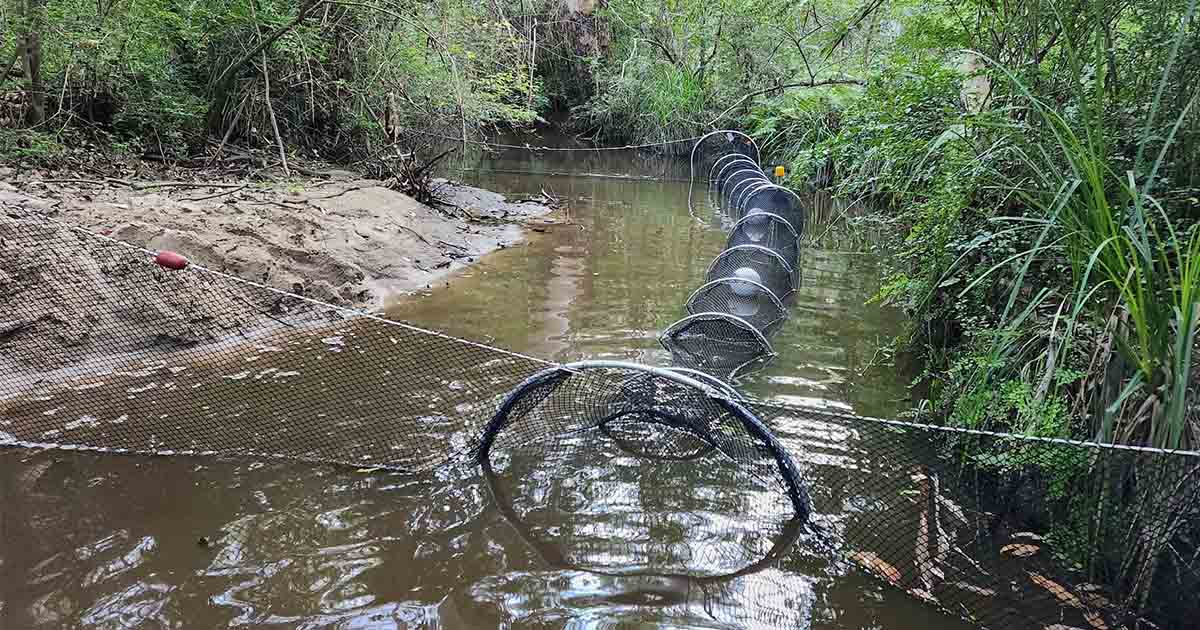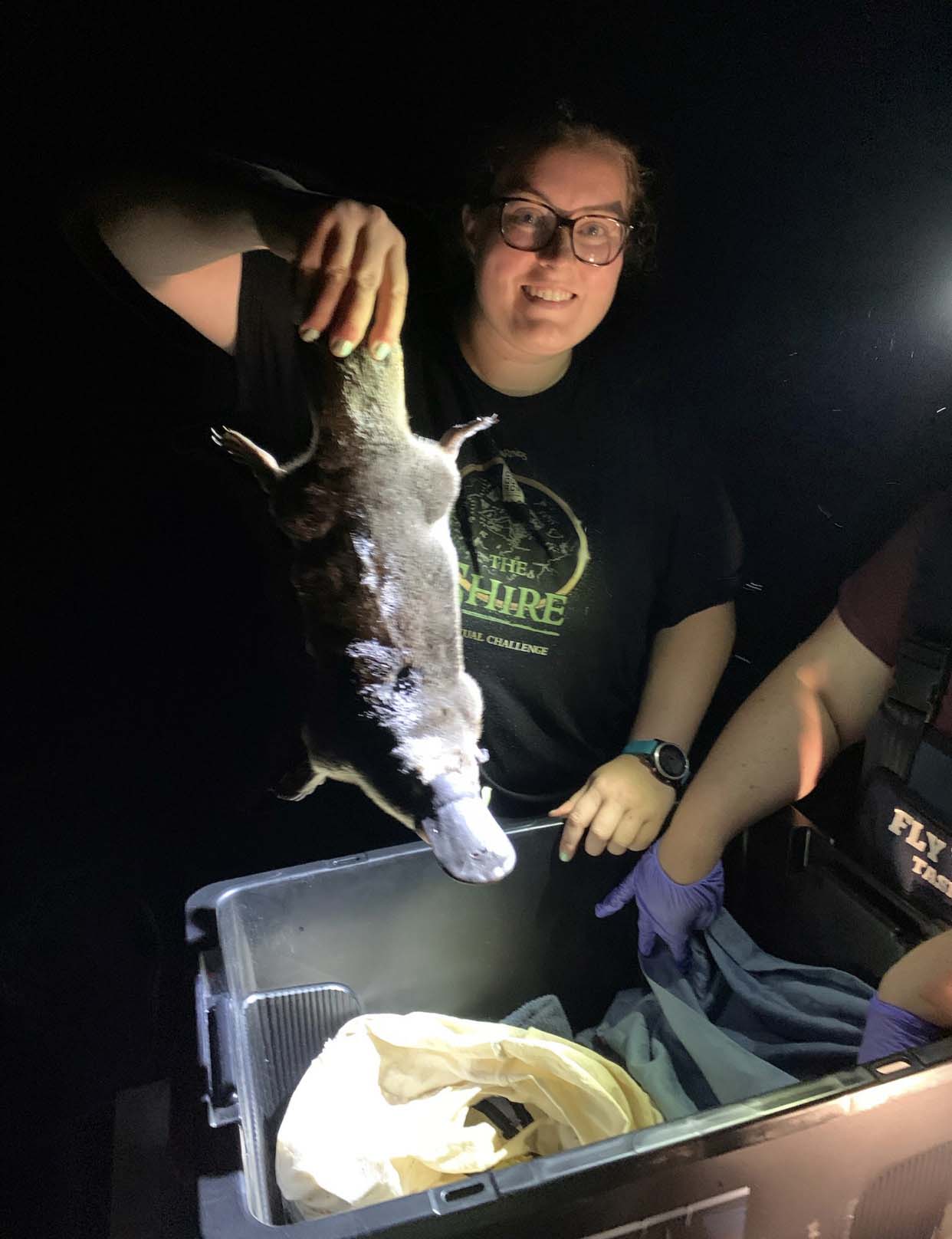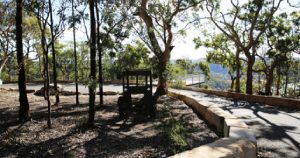
A research project in the Hills and Hawkesbury has highlighted the exciting possibility of 18 wild platypus locations in the Cattai Creek, from Fred Caterson Reserve to the Hawkesbury River.
Until Dr Michelle Ryan, lead researcher in the ‘Hawkesbury Nepean Platypus Project,’ discovered Bluey in Cattai Creek, the last recorded sighting in the Hills was in 1998. Despite platypuses dating back 110 million years to the Cretaceous Period, human activities such as urban density and pollution led scientists to believe that our humble Cattai Creek population had disappeared.
Dr Michelle Ryan who is the Senior Lecturer in Ecology and Environmental Science at Western Sydney University, has a great passion for understanding our mysterious and murky aquatic environments. As the lead researcher in the ‘Hawkesbury Nepean Platypus Project’, she aims to study platypus habitat in the Hills to determine their distribution and health.
Sue Martin, who is the Chair of The Cattai Hills Environment Network (CHEN) previously expressed her concern with development in the Hills area and impact on its wildlife. Since 2016, there have been various anecdotal sightings of platypuses in nearby waterways, prompting Dr Ryan to work with the group. Through a Community Grant in 2020, DNA evidence of Platypus monotremes were found in the Hills Cattai Catchment area, exciting researchers to establish a viable population.
For Dr Michelle Ryan, the news is still promising for our Platypus population:
“It appears that platypus are more resilient than we previously thought, and we are seeing them in areas of urbanisation. It makes it even more important for us to protect them. People don’t think about how their storm-water drains on creeks, even just washing your car will end up in storm-water. Picking up litter and hair-ties can make a huge impact on protecting these environments, even if these aren’t near any waterways”.
Hopes were once again renewed when in January 2023, a platypus was discovered in Cattai Creek in close proximity to an urban area. The Hills eventually named the sly one-year old local platypus as ‘Bluey’.
Dr Ryan is looking forward to the ‘Urban Rivers and Catchment Program’ project next year focusing on Cattai Creek, which has recently been given a $1 million boost by the Albanese Labor Government.
This project will focus on establishing a network of ‘Platypus Parks’ along the Hawkesbury-Nepean River in collaboration with the Hawkesbury-Nepean Waterkeeper Alliance. Dr Ryan also wanted to share why residents should get excited at the possibility of these webbed marsupials living so close to an urban environment:
“We would really like to have a good understanding of the health and abundance of platypus in the Cattai Creek Catchment. It’s also important for us to understand if they’re successfully breeding. Platypus are just the most unique and weird Australian species to have – but they’re also so wonderful!”
Residents are encouraged to submit any Platypus sightings they have to Dr Michelle Ryan on [email protected]. Alternatively, you can submit any photos and location of your sightings on the apps, ‘PlatypusSPOT’ and ‘iNaturalist’.
Despite the cuddly appearance of Platypuses, Dr Ryan advised against handling them due to their venomous spurs: “If you see a platypus on the banks or somewhere you think it shouldn’t be, report it to the Hills Council or ring WIRES, and they can provide the best next steps for you”.
As the second year of the Hills Shire Council’s ‘Platypus Month’, a range of workshops is also available this August to educate residents on the practical ways they can help this local platypus population survive and thrive:
Caring for our Platypus and the World of Waterbugs Little Eco Warriors Event on Thursday 15 August, 3.30pm-4.30pm at Castle Hill Library (Suitable for kids).
Bushcare event on Sunday the 18 August 9am-12pm at Connelly Way in Kellyville. Free barbecue provided after the event.







